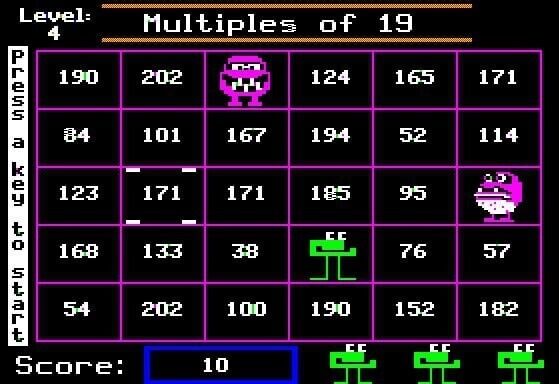Finding My Balance: A Homelab Enthusiast’s Journey

So, Who Are You?⌗
Growing up in the lower-income suburbs of Boston in the late ’80s and early ’90s, I didn’t have much exposure to technology. That changed the day my mom saved up enough money to lease our first family PC from Rent-A-Center. Until then, the only computer I’d encountered was a well-worn Apple II in my elementary school’s lab, where I played a whole lot of Number Munchers.
We also moved around quite often. By sixth grade, I’d already attended five different elementary schools—which (coupled with being the only awkward boy growing up in a house full of women) really hurt my ability to make friends. Instead of going to friends’ houses after school, I gravitated toward spending most of my free time in chat rooms, where strangers didn’t know me—or the baggage I carried. It was these virtual spaces where I finally found a sense of community that fueled my budding interest in technology.
Soon, I was taking a Green Line trolley to my first Boston 2600 meeting. I had no hacking experience, but I showed up and wanted to learn. I listened as the senior members recounted stories of early hacker legends like John Draper (Captain Crunch), Steve Wozniak, and Kevin Mitnick. Eventually, I learned how to create a red box, the electronic successor to Draper’s cereal-box whistle. I had to scramble for parts at Radio Shack (and learn how to solder in a world before YouTube)—but the thrill of understanding how things worked lit a spark that’s never really gone out.
Meanwhile, my family noticed I’d grown withdrawn. My mom recognized this and got me into therapy, where a counselor quickly diagnosed me with major depressive disorder. Ironically, it was the internet that helped me cope. It gave me a way to be social on my own terms, which also laid the groundwork for a career in tech—well before “remote work” became commonplace.
Why a Homelab?⌗
I’m entirely self-taught, and learning by doing is what sticks with me. Early in my career, I was the sole sysadmin at a small family-owned business—a classic “fake it ’til you make it” scenario. Homelabbing became my method for exploring uncharted territory without risking production systems at work.
Every successful lab project—no matter how small—boosts my confidence in ways I’d never felt before. That pride sparked a continuous cycle of learning: the more labs I spin up, the more I realize how much more there is to understand.
Current Setup⌗
Right now, my homelab consists of:
- An old gaming PC running Proxmox VE as a hypervisor, hosting virtual Linux servers and Docker containers. This setup handles everything from internal DNS and file services to an open-source XDR/SIEM tool called Wazuh.
- 4× Raspberry Pi 5 devices running K3s for a lightweight Kubernetes cluster. I’m using these to deepen my understanding of container orchestration and microservices—while building a few high-availability services that my girlfriend and I can actually use day-to-day.
It’s nothing fancy, but it’s perfect for continuous tinkering.
Learning Philosophy⌗
Documentation and courses are great, but hands-on experimentation is how I truly absorb new concepts. I’ll watch a YouTube tutorial or skim official docs, then dive into the setup myself to record the steps. While that often leads to botched deployments—like the time I almost lost my prized smashburger recipe during a Tandoor upgrade—it’s a low-risk way to fail fast and learn faster.
Therapy & Coaching⌗
Thanks to therapy and a career coach, I’ve learned how documenting my process—whether in Obsidian for work or a personal blog post—clarifies my thinking. It’s also surprisingly therapeutic. Writing helps me step back, refine my approach, and manage the ADHD swirl in my head.
For anyone juggling anxiety, depression, or ADHD in tech, I can’t emphasize enough how beneficial it is to have some form of creative or reflective outlet. Whether that’s a personal blog, a journal, or even structured note-taking, it can give shape to your thoughts and keep you on track.
What’s Next?⌗
I’m committing to weekly posts, weaving in stories about my personal journey, ongoing projects in the lab, and everyday life. Next week, I plan to share a step-by-step guide on deploying Tandoor in K3s. Fingers crossed, I won’t lose my smashburger recipe this time around.
Thanks for reading, and I hope you’ll stick around for more stories and experiments. If you’ve got similar experiences—or just want to say hi—feel free to reach out.